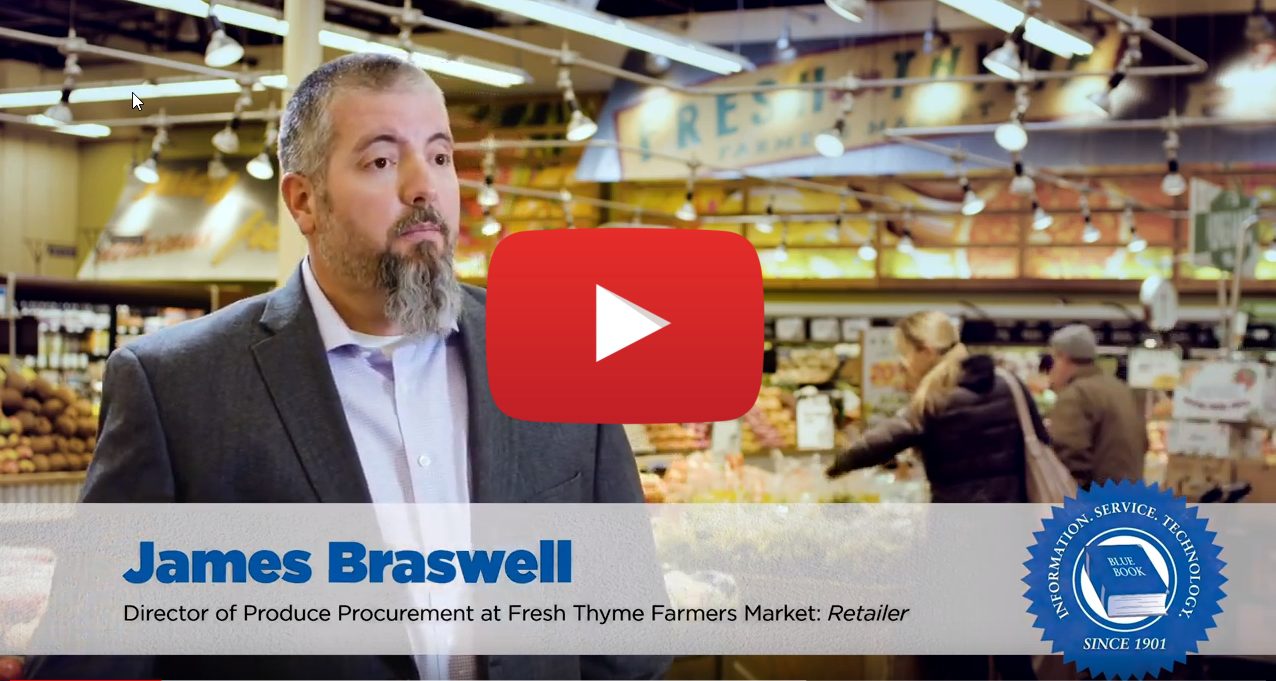Volume & Value
Current trends in packaging have coincided with consumer demand for increased volume and more value-added options that combine freshness and convenience.
Von Rohr finds conventional supermarkets are seeking larger packs of items like blueberries and believes the reasoning behind the push is two-fold: smaller grocers are hoping to compete with club stores’ volume packaging, while consumers are looking for fruits with high antioxidant levels to bolster their health.
Budd voiced similar thoughts, high-lighting that consumers “are looking for things that are nutritious, healthy, and quick and easy to prepare.” While the trend is not new, both Von Rohr and Budd believe demand for these ready-to-eat, value-added products will continue to expand and include a broader variety of fruits, vegetables, and mixed commodity packs.
“The last four years we’ve seen growth in kale, romaine, and fresh herbs,” explains Ryan Flaim, managing member at Vineland-based R&R Flaim Next Generation Produce, LLC. Flaim believes the rise is linked to the “health movement with more people choosing fresh vegetables and cooking.”
Sustainability & Organics
“We try to use disease resistant seed anywhere we can,” comments Flaim, whose team is currently working with Rutgers University “to develop any new measures that will take us down an avenue away from pesticides, which is beneficial to the community, to the health of the consumer, and to us because pesticides are so costly.”
Eastern Fresh Growers has put green initiatives in place by switching to recyclable nonwax boxes for every commodity, and utilizing cover crops on all land according to Sheppard. Recently, the grower-shipper added daikon radish to its product mix, which he says allows for better soil penetration while also returning nutrients to the soil.
“We’re always looking at ways to be more sustainable, whether it’s in water usage or transportation,” points out Nardelli. Being good to the environment is a simple precept, he says, “because it’s our business.”
The demand for organic produce has also continued to rise. Murray sees organics as a major growth category; certified organic acreage has climbed steadily in the state. Sheppard concurs, noting growers have added more organic commodities to their lineups, which is a bit of a double-edged sword. It’s “a good thing,” Sheppard says, but cautions “there are limitations, we can’t over-produce for the market.”
Sure Things
Those in Jersey’s fresh produce industry have much to be thankful for—especially that real estate mantra of location, location, location. To champion this sublime geographic advantage, Murray quotes Ben Franklin who described the state as ‘a barrel tapped at both ends’ with Philadelphia right next door and New York City to the north. The proximity to major cities eliminates expensive transportation costs, and all manner of fruits and vegetables can be “grown, packed, shipped, and on a retail shelf that afternoon,” Murray says.



